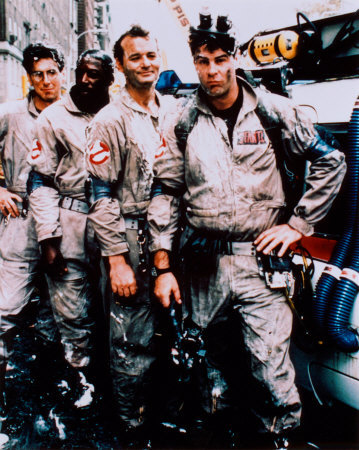 Halloween is over but that doesn’t mean your home is a ghost-free area. Yes, the typical contemporary home is full of specters sucking electricity, raising utility bills and carbonizing the planet.
Halloween is over but that doesn’t mean your home is a ghost-free area. Yes, the typical contemporary home is full of specters sucking electricity, raising utility bills and carbonizing the planet.
Now, seriously. Even when switched off, domestic appliances and electronics continue to draw small amounts of electricity known as phantom load. According to the U.S. Department of Energy, 75 percent of the electricity used to power home electronics is consumed when they are turned off, adding up to 10 percent to monthly electric bills.
“According to Energy Star®, consumer electronics and appliances in the typical American home account for approximately 20 percent of power on electric bills,” said Val Jensen, vice president, Marketing and Environmental Programs at ComEd. “One of the easiest ways customers can manage electricity costs is by taking simple steps to stop errant power consumption.”
Computers, television sets, VCRs, stereos and kitchen appliances are some of the biggest guzzlers. Most people tend to leave them plugged in and so they continue to consume power. Jensen has a few suggestions to cut down on all this power hemorrhaging.
These include using a power strip with an on/off switch to fully power down home electronics while in standby mode; unplugging or switching off all nonessential devices when preparing to travel out of town; unplugging chargers after the device has been reloaded; plugging home electronics, such as TVs and DVD players, into power strips and turning the power strips off when the equipment is not in use (TVs and DVDs in standby mode still use several watts of power); turning off the computer and monitor when not in use. Alternatively, set to hibernation or sleep mode rather than using screen savers, which do not save as much energy.
In short, if it’s not in use, unplug it (although you may like to exclude fridge and freezer from this generalization).
It’s also a good idea to look for the Energy Star® label on home appliances, electronics and other products. Energy Star® products meet strict efficiency guidelines set by the U.S. Environmental Protection Agency and the U.S. Department of Energy.
We can all play ghostbusters in our own homes. It takes a bit of discipline and effort, but it’s well worth it. It’s good for the planet, it’s good for the wallet and it’s also safer.
SOURCE: ComEd

![Reblog this post [with Zemanta]](https://img.zemanta.com/reblog_e.png?x-id=9d306e96-82ba-438f-9478-0339a5b10a5c)





Who you gonna call?! LOL. Love this post- big fan of the Ghostbusters back then. I’m also a big fan of Mother earth. It’s true that we should do our best in trying to conserve electricity.